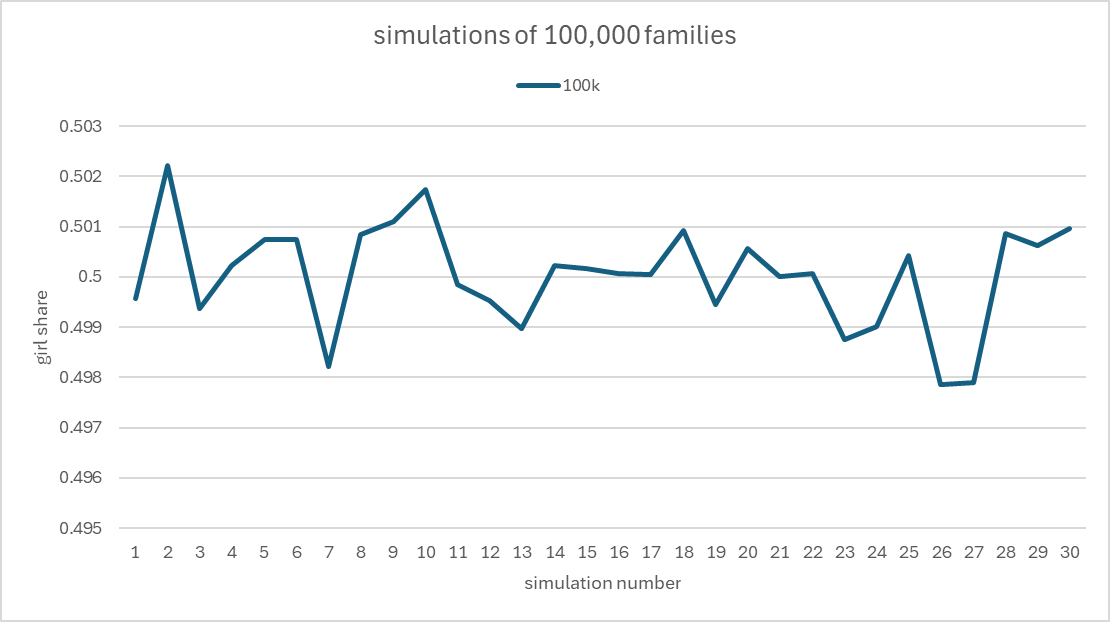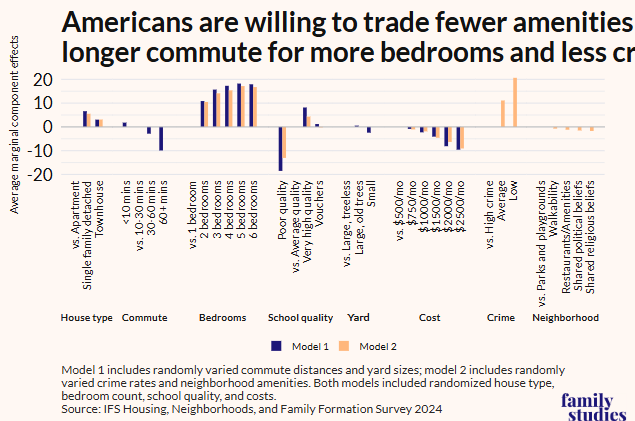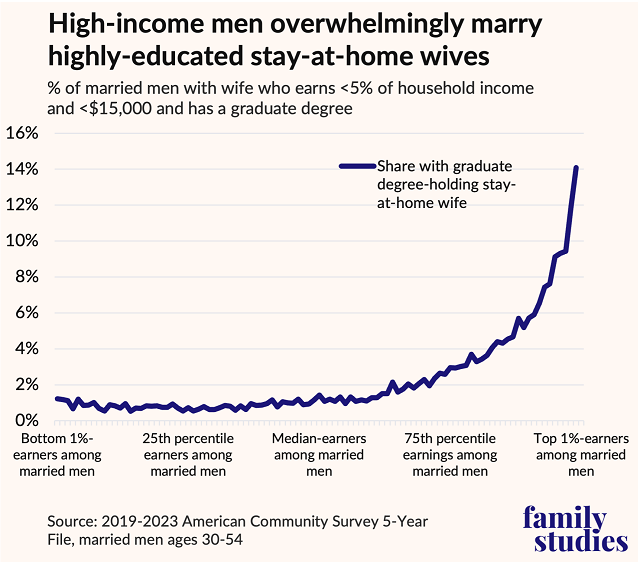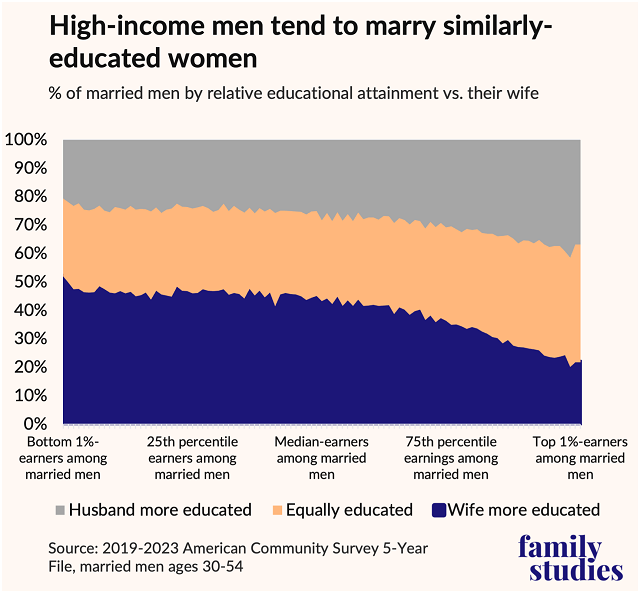This is arguably the most important single piece of epidemiological research of the entire pandemic.
A MASSIVE randomized trial launched a pro-mask campaign in some Bangladeshi villages, but not others.
The result: masking villages got less COVID. poverty-action.org/sites/default/…
A MASSIVE randomized trial launched a pro-mask campaign in some Bangladeshi villages, but not others.
The result: masking villages got less COVID. poverty-action.org/sites/default/…
Why is this important?
Well, studying masking is hard. It's easy to randomly assign individuals to wear masks and see if they get more/less sick over time. But that's a dumb study, because the relevant question is *community* masking not *individual* masking.
Well, studying masking is hard. It's easy to randomly assign individuals to wear masks and see if they get more/less sick over time. But that's a dumb study, because the relevant question is *community* masking not *individual* masking.
Randomly assigning *entire communities* to wear masks is extremely hard to do. How do you even go about such a thing? It must cost millions of dollars to run such a study!
ENTER THE EFFECTIVE ALTRUISTS.
The folks at Give Well funded a huge study, costing millions of dollars, to promote masking in some Bangladeshi villages, but not others. givewell.org/print/research…
The folks at Give Well funded a huge study, costing millions of dollars, to promote masking in some Bangladeshi villages, but not others. givewell.org/print/research…
In total 600 villages were in the study, with almost 350,000 residents. That's huge. This is bigger than most of the trials we used to study the vaccines.
The campaign included a lot of mask promotion stuff. I won't belabor it here. I did a prior thread on their first paper, which exclusively studied "Did the pro-mask campaign alter mask behavior?"
They hired people to lurk in villages and record how many people wore masks.
They hired people to lurk in villages and record how many people wore masks.
Here's the thread. It goes through the question of "Can you persuade people to mask up?"
The answer is: yes, you can.
The answer is: yes, you can.
https://twitter.com/lymanstoneky/status/1389292582669271043?s=20
Now, here's the thing. That's not the ONLY hurdle!
Another challenge is: how do you measure whether the masks WORKED?
Another challenge is: how do you measure whether the masks WORKED?
There are many ways you could do this. You could use official COVID cases and deaths, for example. The problem with this is that testing and cause-of-death attribution might not be very high quality, especially in a place like Bangladesh where there aren't a lot of labs.
You could also use excess mortality. That's a great method.
Problem: Bangladesh does not have a reliable registry of deaths. Huge shares of deaths are never registered in any government system. As a result, this method can't be applied to Bangladesh.
Problem: Bangladesh does not have a reliable registry of deaths. Huge shares of deaths are never registered in any government system. As a result, this method can't be applied to Bangladesh.
Plus, excess mortality might not measure COVID, but could measure any number of other factors.
So the researchers did something a gajillion times more expensive.
They conducted huge sero-surveys before and after the interventions in control and treated villages.
So the researchers did something a gajillion times more expensive.
They conducted huge sero-surveys before and after the interventions in control and treated villages.
They hired people to go around and get people to get their blood tested for COVID antibodies. This is probably the most reliable method we have for identifying the attack rate for COVID-19.
They also asked people about COVID symptoms and medical history as an extra check.
So, to review.
They did a baseline survey where they took a bunch of blood, collected background info, etc.
Then they did a huge mask-promotion campaign.
Then a few months later they did the blood tests again.
They did a baseline survey where they took a bunch of blood, collected background info, etc.
Then they did a huge mask-promotion campaign.
Then a few months later they did the blood tests again.
Simple design!
But again folks, this took *millions* of dollars to do and a huge commitment across a massive research team. This is really hard to do.
But again folks, this took *millions* of dollars to do and a huge commitment across a massive research team. This is really hard to do.
Now, low-IQ "but muh plandemic" doofuses like this guy are already launching these stupid and bad faith arguments as they slowly shrink into a corncob:
https://twitter.com/SethMiller79/status/1433051899188506624
So what's the rebuttal? Why did they not study severe illness and death?
Well, they didn't do death because, as I mentioned above, there aren't great death records.
They didn't do severe illness because, well, they kinda did: "symptomatic COVID" includes severe COVID.
Well, they didn't do death because, as I mentioned above, there aren't great death records.
They didn't do severe illness because, well, they kinda did: "symptomatic COVID" includes severe COVID.
More to the point, "Why didn't they do XYZ additional specifications?" is answered by....
.... their pre-registration document!
osf.io/bjnvr/
.... their pre-registration document!
osf.io/bjnvr/
Before these researchers even began their work, they pre-announced EXACTLY the kind of analysis they were committed to doing.
So anybody doing the whole "But what are they HIDING?" routine can shove it. They made public promises before they had even collected the data about what analyses they were going to run, and then they did exactly what they said they were going to do.
I want to mention here that the age difference in effect might be due to several factors: this is *symptomatic* seroprevalence. So younger people may have still had less seroprevalence, *but no symptoms either way*, because they're young.
Second, they are measuring *masking interventions at the village level*, not individual mask compliance. It's possible that within villages, older people wore masks more diligently because they knew they were at a higher risk.
So to be clear, this is not saying, "Masks don't do anything to prevent young people from getting COVID."
It's saying, "Younger people usually don't get symptoms either way and probably comply less; but in villages where lots of people mask, a lot fewer old people get sick."
It's saying, "Younger people usually don't get symptoms either way and probably comply less; but in villages where lots of people mask, a lot fewer old people get sick."
In other words....
Community masking *actually does save old peoples' lives*.
Community masking *actually does save old peoples' lives*.
And remember by "old people" here what we mean is like 55 year olds. There aren't a huge number of 89 year olds running around rural Bangladesh.
However, the surgical vs. cloth mask effect is important.
Surgical masks appear to be a *lot* more effective than cloth masks!
We should really be emphasizing the importance of using surgical (and idealy KN95 or N95) masks!
Surgical masks appear to be a *lot* more effective than cloth masks!
We should really be emphasizing the importance of using surgical (and idealy KN95 or N95) masks!
Villages where surgical masks were promoted saw 13.6% lower rates of COVID-like symptoms and illnesses when only about 30% of people were wearing masks.
That's a big deal!
That's a big deal!
If we assume this can transfer to R(e) smoothly, that implies a shift from 0 to 100% community masking could reduce the R value of COVID by about 20-50%.
That's huge!
That's huge!
To emphasize again:
low effects among young people DOES NOT MEAN young people masking is optional!
That's idiotic!
This is a study of *community masking*. It's saying, "In communities where young and old alike mask up, it reduces transmission and saves elder lives."
low effects among young people DOES NOT MEAN young people masking is optional!
That's idiotic!
This is a study of *community masking*. It's saying, "In communities where young and old alike mask up, it reduces transmission and saves elder lives."
Really think people need to understand that *individual analysis* of masking is *stupid and pointless*. Masks don't mostly protect the mask-wearer, they protect others *from* the mask-wearer!
Depends. On symptomatic seroprevalence, cloth is close to nothing. But on WHO-defined COVID symptoms, cloth is closer to surgical than to nothing.
Regardless, surgical > cloth.
Regardless, surgical > cloth.
https://twitter.com/TPCarney/status/1433058971380768770
Now, I want to be clear: I think this study shows that masks work and mask mandates *are justified* at times when R(e) is otherwise high.
But, I do think it's important to be clear about the effect we're seeing here. It's big, but it's not game-changing.
But, I do think it's important to be clear about the effect we're seeing here. It's big, but it's not game-changing.
Let's say you think that COVID's R0 is 4. This study implies 100% masking might lower it to 2 or 3. Which means 100% masking would *slow* the spread but not *eliminate* the spread.
In other words, community masking is EXTREMELY useful in a population that is 1) taking other precautions to limit gatherings, or 2) has some previous acquired immunity, or 3) has some vaccinated people in it, or 4) has a good reason to play for time.
Yes to 1 and 2 but 3 is just a made up talking point with no relevance at all, and arguably backwards: the study shows *community masking* works. Children are part of the community. *Maybe* they aren't spreaders. But this study doesn't support that.
https://twitter.com/GPIngersoll/status/1433060381774258181
Back to the thread...
You can't get R from the natural rate to below-epidemic levels *only* with masks if this study is correct. So you'd have to also have other social distancing, a source of immunity, or a hope for a vaccine in the near future.
You can't get R from the natural rate to below-epidemic levels *only* with masks if this study is correct. So you'd have to also have other social distancing, a source of immunity, or a hope for a vaccine in the near future.
What this means is that in 1920 or 1940 or 1960 or even 1990, masks were probably almost useless.
Developing a vaccine in 12 months was *not a thing* back then! Masking might buy you time to slow the roll on the hospitals, but even there it wouldn't buy *that much*.
Developing a vaccine in 12 months was *not a thing* back then! Masking might buy you time to slow the roll on the hospitals, but even there it wouldn't buy *that much*.
And the eventual peak would still be extremely peaky.
It's only in our present period that these timelines really matter, because we *actually can* develop and rollout a vaccine in 12 months!
It's only in our present period that these timelines really matter, because we *actually can* develop and rollout a vaccine in 12 months!
So this study makes me inclined to have a teeny tiny bit of forgiveness for the folks at CDC who were all "Boo masks don't work Asians are silly!" yes they were wrong, but these effect sizes are small enough that *if rapid vax development wasn't an option*, it'd be hard...
... to imagine masking having an effect on cumulative mortality by the end of the epidemic.
What this suggests is that IF WE CARE TO LEARN, there's a very obvious way to beat any future respiratory pandemic:
Immediately begin vaccine human challenge trials, and mask up until vaccination reaches herd immunity thresholds.
Immediately begin vaccine human challenge trials, and mask up until vaccination reaches herd immunity thresholds.
I have to issue a mea culpa here and an apology to @michaelbd @RAVerBruggen and @GPIngersoll :
The measure of masking they use is primarily *masks among adults*. It's a bit unclear, but it *seems* they excluded kids.
So this study shows *community masking of adults* matters.
The measure of masking they use is primarily *masks among adults*. It's a bit unclear, but it *seems* they excluded kids.
So this study shows *community masking of adults* matters.

Masking kids may or may not help, and I'd be surprised if it did *nothing*, but this study appears to have been explicitly a study of *adult* masking. We don't know if kid masking rose at the same time.
But since the intervention only explicitly targeted adults, this suggests that "pro-masking interventions aimed only at adults can save the lives of elders."
Maybe kid-masking would yield additional effects, but this study doesn't show that.
Maybe kid-masking would yield additional effects, but this study doesn't show that.
And this study absolutely shows that excluding kids from your mask program does not *completely nullify* benefits from masking adults; i.e. you can achieve important public health goals even if you exempt kids from the rules.
Maybe the effects would be bigger if they included kids. Maybe not. But promoting masking among adults appears to yield appreciable public health effects.
Note that this is not the last word on this experiment either!
They will have at least one more paper come out in the future which will look at seropositivity *regardless* of symptoms.
They will have at least one more paper come out in the future which will look at seropositivity *regardless* of symptoms.
As an aside, I want to point out that this is a GREAT example of how a ton of our most rancorous debates in society are often resolvable by just collecting more data and doing fairly straightforward analyses of it.
One of the most infuriating things in academia is the need for theoretical/methodological innovation, when some of the most *actually useful* research contains zero innovation and instead is identifying/collecting new data and demonstrating fact patterns.
Often, our theories are built on extremely narrow bases of fact, even in putatively voluminous literatures. There's a huge benefit to just going out and collecting and organizing facts without making big macro-theoretical claims about them!
This is a good faith critique I'm seeing a lot of.
I think it's wrong though. Those tables imply physical distancing rose 0.048-0.06 in surgical-mask villages, and 0.033-0.055 elsewhere; those ranges are extremely overlapping.
I think it's wrong though. Those tables imply physical distancing rose 0.048-0.06 in surgical-mask villages, and 0.033-0.055 elsewhere; those ranges are extremely overlapping.
https://twitter.com/ptrlewandowski/status/1433060006879023106
So distancing increased similarly in both treatment arms, but they only observed significant positive outcomes on symptomatic seropositivity (their most reliable indicator) in the surgical mask arm.
Curiously, they did find similar declines in *symptoms* across both groups, but tons of the people with COVID-like symptoms were evidently *not* seropositive. So maybe masks worked on COVID, but distancing worked on other stuff going around?
But I also don't think this is actually important.
They didn't do a distancing intervention: they did a masking one! And getting people to mask caused them to also distance! Maybe just maybe because masks help remind people to distance!
They didn't do a distancing intervention: they did a masking one! And getting people to mask caused them to also distance! Maybe just maybe because masks help remind people to distance!
Behavioral changes *can be confounding* of course if they occur for certain reasons, but in this case I do not think they *are* confounding, since we know *why* behavior changed and it's because of a pro-mask campaign.
Huh? This is a ridiculous comment. All of their data was analyzed in a very conventional way, and the effects are very obvious. This is just plainly false.
https://twitter.com/BallouxFrancois/status/1433117565560229894
I've seen a bunch of people respond being like "oh haha this wrecks @VPrasadMDMPH argument he must be so upset." I've never heard of him before but I looked up his response and it seems reasonable?
https://twitter.com/VPrasadMDMPH/status/1433104993754574848?s=20
Like we definitely learned from this study that telling all adults to wear cloth masks will yield better outcomes, especially for the people at highest risk.
Which means we learned that recommending cloth masks was not great.
Which means we learned that recommending cloth masks was not great.
Now in like *April 2020* cloth masks were fine. There weren't enough other masks, we used what we had.
But yeah by October or something nobody should have been wearing cloth masks. You should just do bulk orders of surgical masks or KN95.
But yeah by October or something nobody should have been wearing cloth masks. You should just do bulk orders of surgical masks or KN95.
I guess I don't really pay that much attention, but I feel like when I walk around I see like 50% non-disposable masks, 50% disposables (i.e. surgical)? Maybe it varies elsewhere.
I also don't know what the precise CDC guidance was. Did they actually *recommend* cloth masks? Or did they just say, better-than-nothing but surgical is preferred? I haven't checked to see their detailed guidance.
But anyways if this Vinay Prasad guy is the measure of serious anti-mask response then it seems like this study is going to do a lot to persuade mask-skeptics that (some kinds of) masks are worth recommending (at least for adults).
Response to the borquagato substack here:
https://twitter.com/lymanstoneky/status/1433428858280169490
I respond to the borquagato substack here:
https://twitter.com/lymanstoneky/status/1433428858280169490
• • •
Missing some Tweet in this thread? You can try to
force a refresh


















